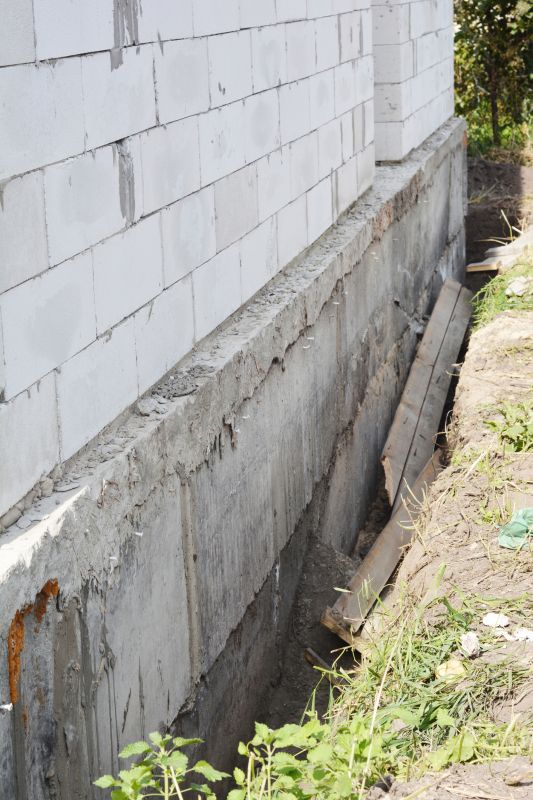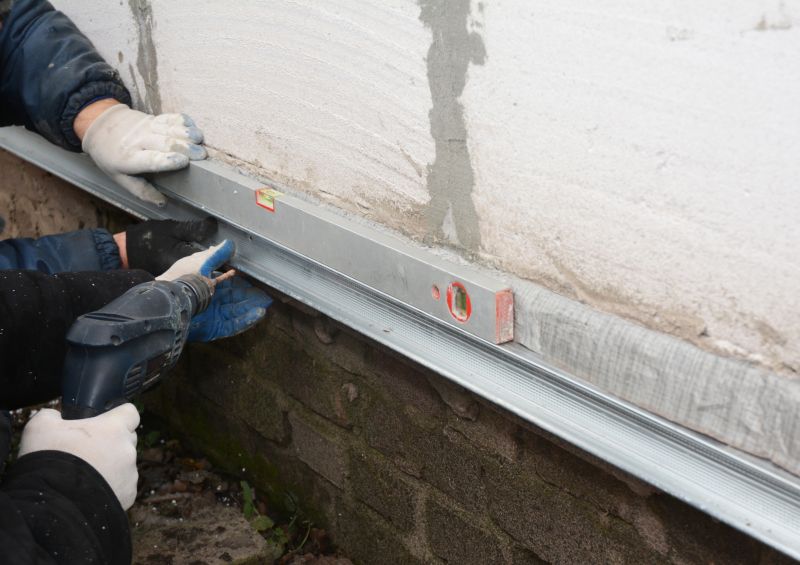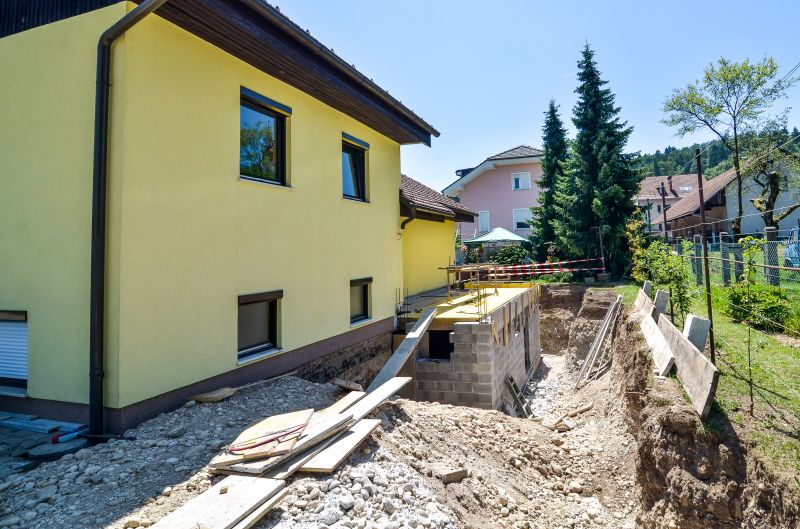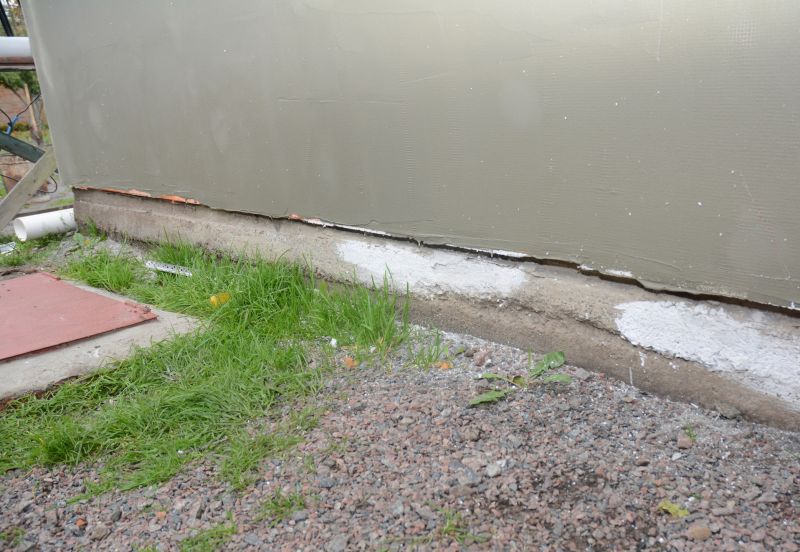Ideal Seasons for Foundation Repairs
Foundation repairs are most effectively performed during specific times of the year, depending on weather conditions and soil stability. Optimal periods typically include the late spring and early fall when soil moisture levels are moderate, reducing the risk of further shifting or settling. Conducting repairs during these times can lead to better results and longer-lasting stability.
Spring offers favorable conditions with moderate soil moisture, making it suitable for foundation work before the heat of summer or the cold of winter.
Early fall provides cooler temperatures and consistent soil conditions, ideal for foundation stabilization projects.
Repairs during extreme cold or heat can be less effective due to soil contraction or expansion, which may compromise repair integrity.
Timing repairs when soil moisture is balanced helps prevent further shifting and ensures better adhesion of repair materials.

Spring weather with moderate soil moisture levels is ideal for foundation stabilization projects.

Early fall offers cooler temperatures and stable soil conditions for effective repairs.

Understanding soil movement helps determine the best timing for foundation work.

Ways to make Foundation Repairs work in tight or awkward layouts.

Popular materials for Foundation Repairs and why they hold up over time.

Simple add-ons that improve Foundation Repairs without blowing the budget.
| Season | Optimal Repair Conditions |
|---|---|
| Spring | Moderate soil moisture, mild temperatures, good for foundation work. |
| Summer | Hot and dry conditions may cause soil contraction, less ideal. |
| Fall | Cooler temperatures, stable soil, good for repairs. |
| Winter | Cold temperatures and frozen ground make repairs difficult. |
| Late Fall | Transition period with stable soil, suitable for repairs. |
Foundation repairs are essential for maintaining structural integrity and preventing further damage. They involve addressing issues such as settling, cracking, or shifting caused by soil movement, moisture variations, or age. Proper timing and execution can extend the lifespan of a building's foundation and reduce long-term costs. Statistics indicate that addressing foundation problems early can prevent costly repairs and mitigate safety risks.
The importance of timely foundation repair cannot be overstated. Soil conditions and weather patterns significantly influence the success of repair projects. For example, in regions with seasonal soil moisture fluctuations, scheduling repairs during stable periods minimizes the risk of future movement. Regular inspections and understanding local climate impacts can help determine the best window for repairs, ensuring durability and stability.

Visual overview of foundation stabilization techniques.

Before and after images of foundation crack repairs.

Methods used to improve soil conditions before repairs.

Structural reinforcement techniques for long-term stability.
Interested in foundation repairs? Filling out the contact form can provide more information and help schedule an assessment to determine the best timing for specific needs. Proper planning and execution are key to ensuring a stable and secure foundation for the long term.




